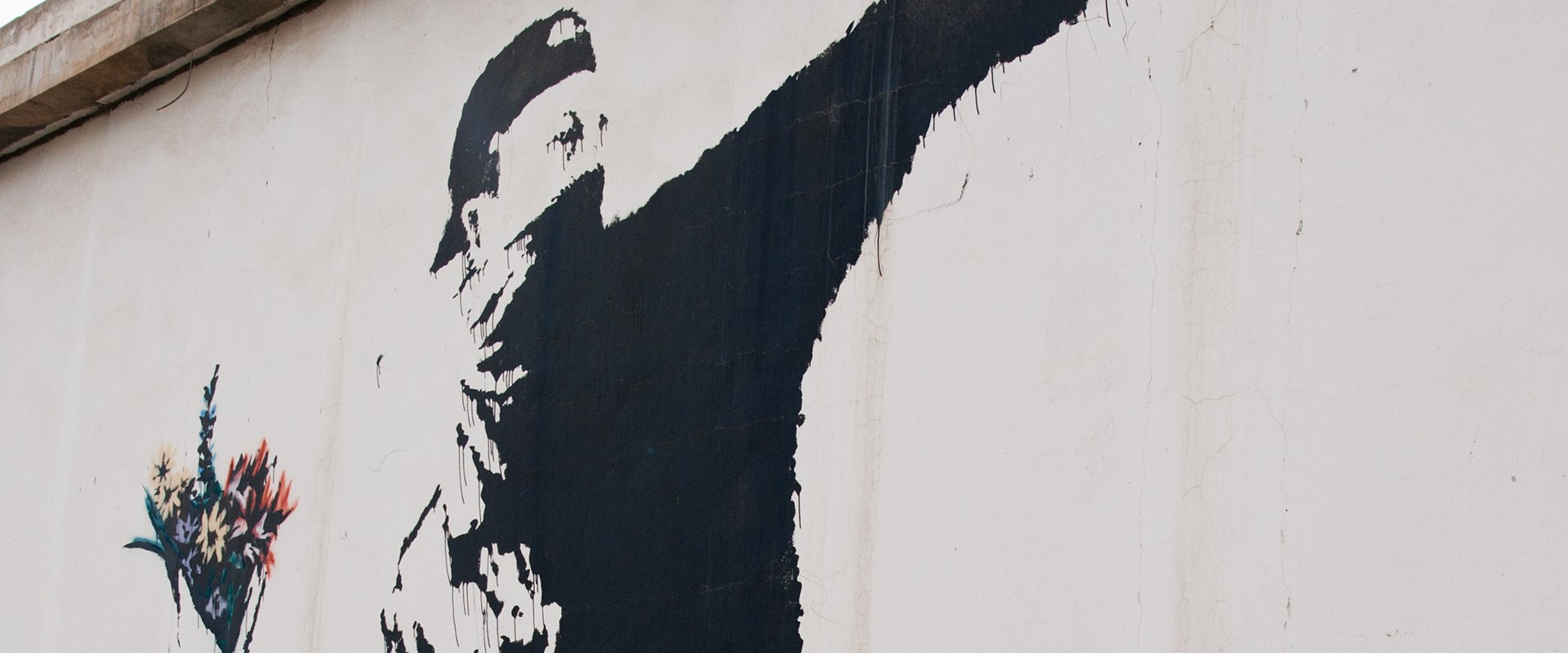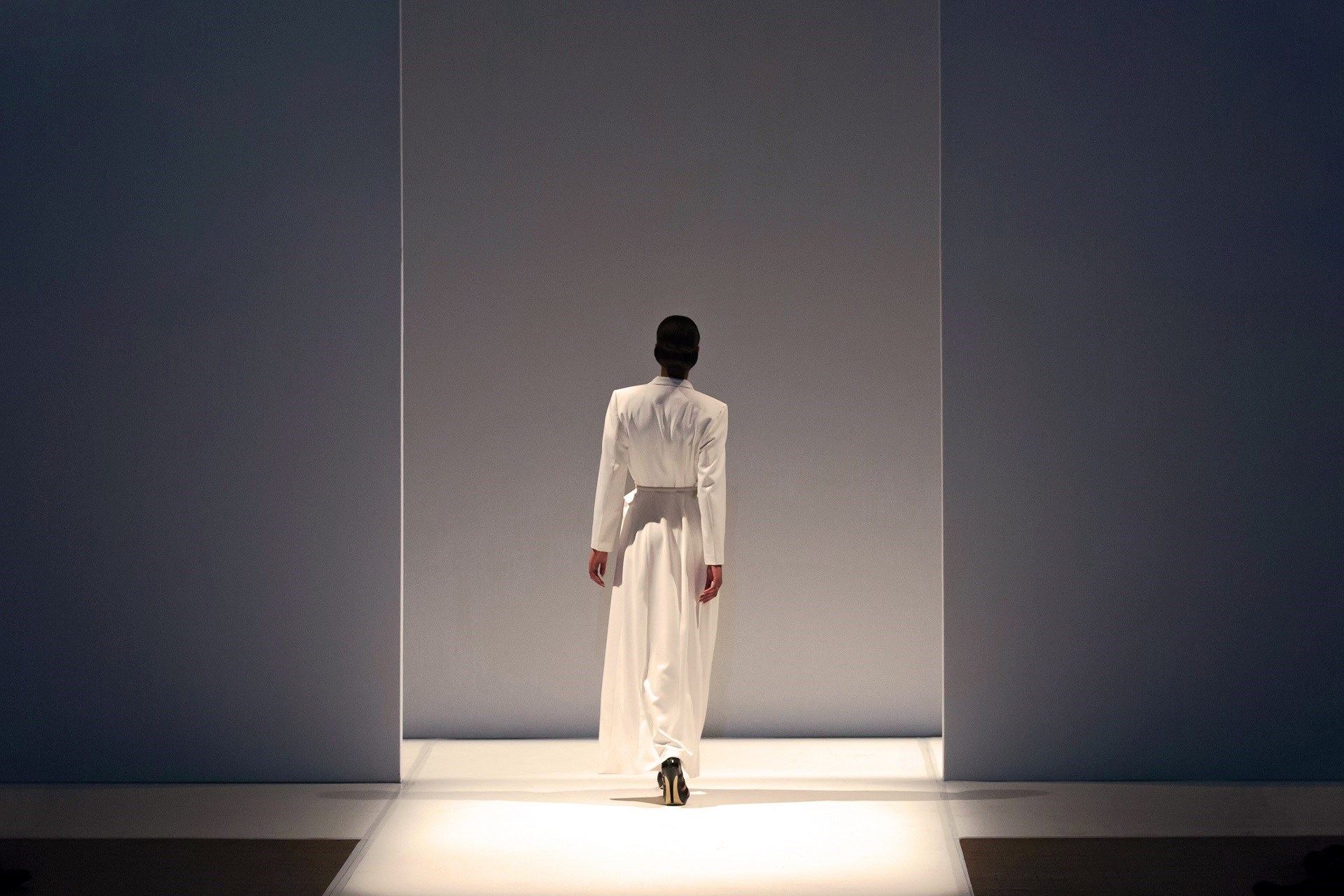Most artists rely primarily on copyright to protect their work.
However, enforcing copyright requires the rightsholder to evidence a chain of creation back to the original artist. For artists seeking to remain anonymous, copyright is therefore of little use.
The most famous anonymous artist is, of course, Banksy. He has railed against intellectual property rights in the past, saying that “copyright is for losers”. Despite this, on discovering that English company Full Colour Black was using his artwork on greetings cards, he registered EU trade marks for his most famous artworks through his company Pest Control Office Limited.
In a series of decisions since September 2020, the EUIPO has invalidated six of Pest Control’s trade marks, for the artworks Flower Thrower, Laugh Now, and, in the last few days, Radar Rat, Love Rat, Girl with an Umbrella and Bomb Hugger.
The essential function of a trade mark is to designate the origin of its owner’s goods or services. An effective trade mark will serve to tell you that it is the name, logo or some other designator of a brand, even if you have never heard or seen it before.
Full Colour Black argued that Banksy’s works are seen as artworks rather than being perceived as brand designators, so lacked distinctiveness, and also that they were not filed with the intention of being used as a brand, so were filed in bad faith.
The EUIPO did not consider distinctiveness but went into some depth on bad faith. The question of whether a trade mark application was made in bad faith is assessed on the basis of the applicant’s intention at the date of the trade mark filing (in this case, late 2018). However, an applicant’s actions after this date can be used as evidence of their intention at the date of filing.
Banksy set up a pop-up shop, called Gross Domestic Product, in Croydon in late 2019, shortly before Full Colour Black applied to invalidate his trade marks (and possibly after they had threatened to do so), presumably with the intention that this would evidence that he had applied for his trade marks in good faith. He accompanied the Gross Domestic Product opening with a statement that “I’ve been making stuff for the sole purpose of fulfilling trademark categories under EU law”, and that this was “not a very sexy muse”.
The EUIPO focused on this timeline, and Banksy’s dismissiveness of copyright, in concluding that he had only opened the pop-up shop for the purpose of preserving the marks’ validity, that it was not therefore evidence of good faith filings and, therefore, that the marks were invalid for bad faith.
This is not the only recent example of a rightsholder putting their foot in it with respect to bad faith. In April 2021, one of Hasbro’s MONOPOLY mark was partially invalidated when they acknowledged that they filed a new MONOPOLY trade mark application, to avoid trade mark maintenance requirements.
Perhaps unsurprisingly, acknowledging that you have acted in bad faith in filing a trade mark does not lead to sympathy from the intellectual property authorities for bad faith filings.






